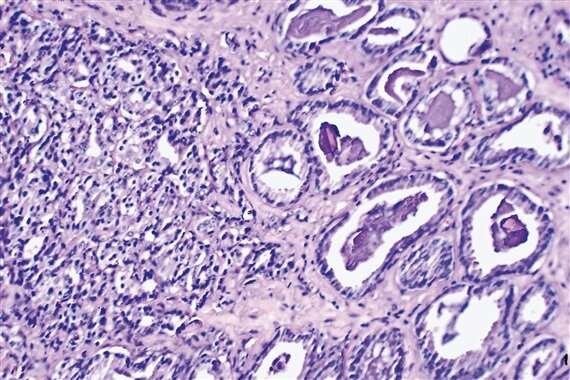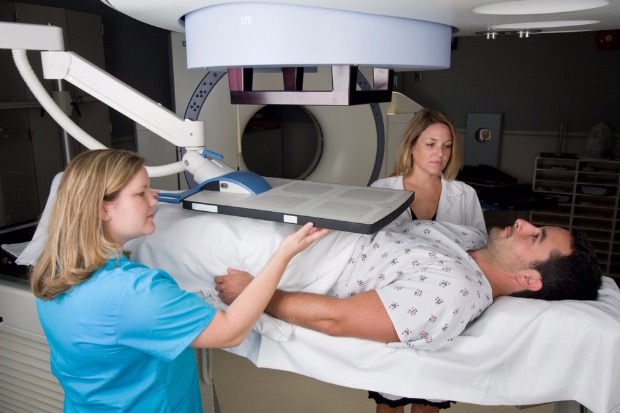 A new study has found that active surveillance is preferable to surgery or radiation for low- and intermediate-risk prostate cancer. According to the American Cancer Society, in some men, such as the elderly or those with major health problems it may never need to be treated. A new study by Canadian researchers followed men with low- to intermediate-risk prostate cancer for up to 15 years and reported statistics on active surveillance, which entails regular follow-up instead of surgery or radiation. The findings were published online on December 15 in the Journal of Clinical Oncology by researchers at the University of Toronto, Toronto, Ontario, Canada.
A new study has found that active surveillance is preferable to surgery or radiation for low- and intermediate-risk prostate cancer. According to the American Cancer Society, in some men, such as the elderly or those with major health problems it may never need to be treated. A new study by Canadian researchers followed men with low- to intermediate-risk prostate cancer for up to 15 years and reported statistics on active surveillance, which entails regular follow-up instead of surgery or radiation. The findings were published online on December 15 in the Journal of Clinical Oncology by researchers at the University of Toronto, Toronto, Ontario, Canada.
The study authors note that active surveillance is becoming increasingly acceptable as a treatment option for low- and intermediate- risk prostate cancer. However, long-term follow-up of active surveillance is lacking. Therefore, they conducted a long-term study of men followed by active surveillance for these cancers.
The study group comprised 993 men with low- or intermediate-risk prostate cancer who underwent expectant management. Intervention was offered for a prostate-specific antigen (PSA) doubling time of less than three years. The main outcome measurements were overall and disease-specific survival, rate of treatment, and PSA failure rate in the treated patients.
The researchers found that among the 819 survivors, the average follow-up time from the first biopsy was 6.4 years (range: 0.2 to 19.8 years). Of the 993 men enrolled in the study, 149 (15%) died, and 844 patients were alive (85.0%). There were 15 deaths (1.5%) from prostate cancer. The actuarial cause-specific survival rates were 98.1% for 10 years and 94.3% for 15 years. An additional 13 men (1.3%) developed metastatic but were living (9 men) or died of other causes (4 men). At 5, 10, and 15 years, 75.7%, 63.5%, and 55.0% of the men remained untreated and on surveillance.
The authors concluded that active surveillance for low- and intermediate-risk prostate cancer is feasible and appears safe during a 15-year time frame. In the study, 2.8% of patients developed metastatic prostate cancer, and 1.5% died of prostate cancer. They noted that this mortality rate is consistent with expected mortality in favorable-risk patients managed with initial definitive intervention (e.g., surgery and radiotherapy).



